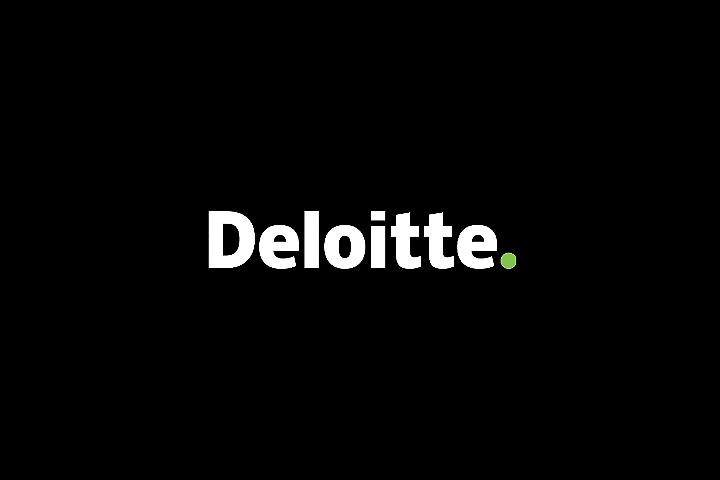Hydrogen
Making it happen
Decarbonization has become a global imperative. The COP27 conference sought to push the Paris Agreement targets further, and move from pledges to practical action, with the drive to implement decarbonization solutions and lower emissions now a priority.
Clean hydrogen will play a key role in the future energy system—particularly in decarbonizing hard-to-abate sectors. By 2030, clean hydrogen is expected to be used in sectors such as aviation, refining, and road freight, and expand into others such as shipping thereafter.1
Announcements of clean hydrogen supply projects are accelerating, but it is uncertain whether most projects will materialize, and they are not sufficient to meet expected demand outlined in the IEA ‘Net Zero Emissions by 2050’ Scenario (NZE). Indeed, three times the capacity announced so far will be needed to be operational by 2030 to stay on track for NZE by 2050.
Our new report sets out the practical solutions needed today to kick-start the large-scale deployment of clean hydrogen, and includes a deep dive into a framework of five key factor conditions:
Through interviews with over 350 CEOs, executives, and leaders across the private and public sectors, we captured insights on how the market could accelerate, by linking the demand, production, and distribution of clean hydrogen. With decarbonization high on every corporate agenda, this report makes for essential reading.
1 IEA. Net Zero by 2050. IEA, Paris. May 2021. Available from: https://www.iea.org/reports/net-zero-by-2050.



